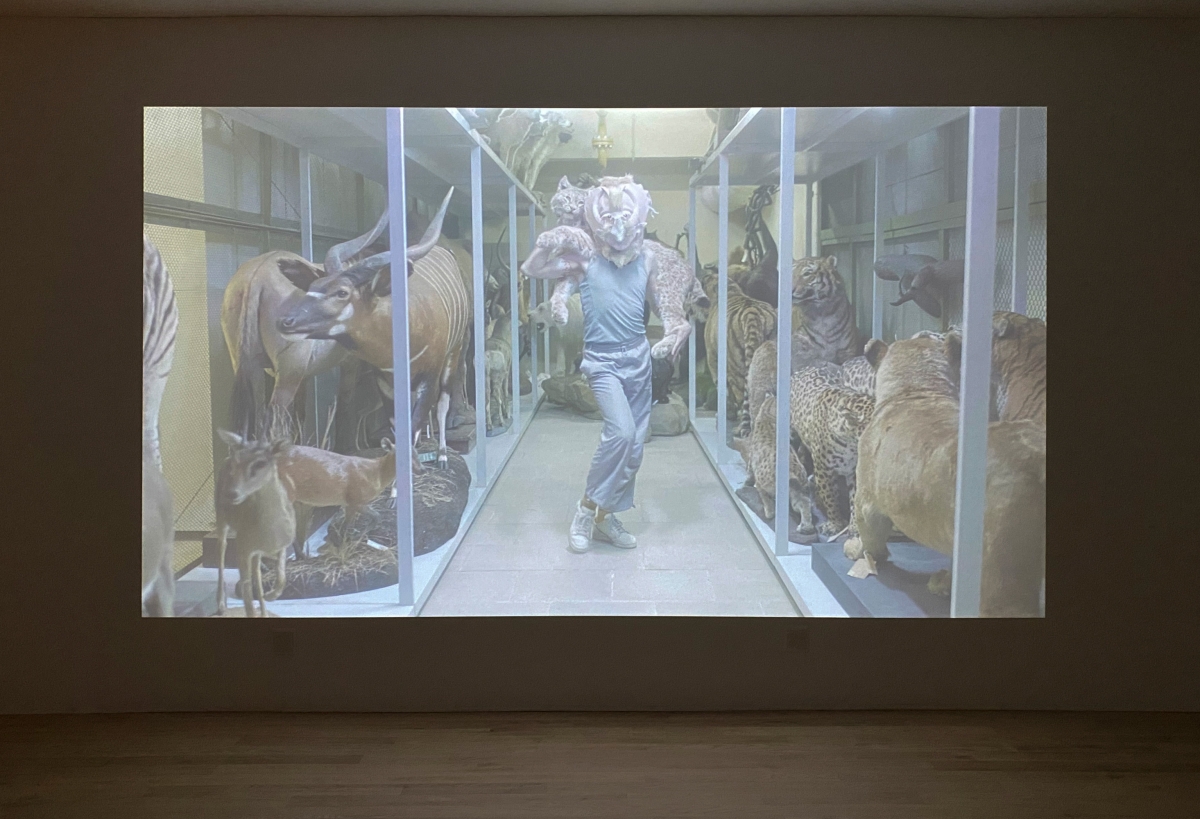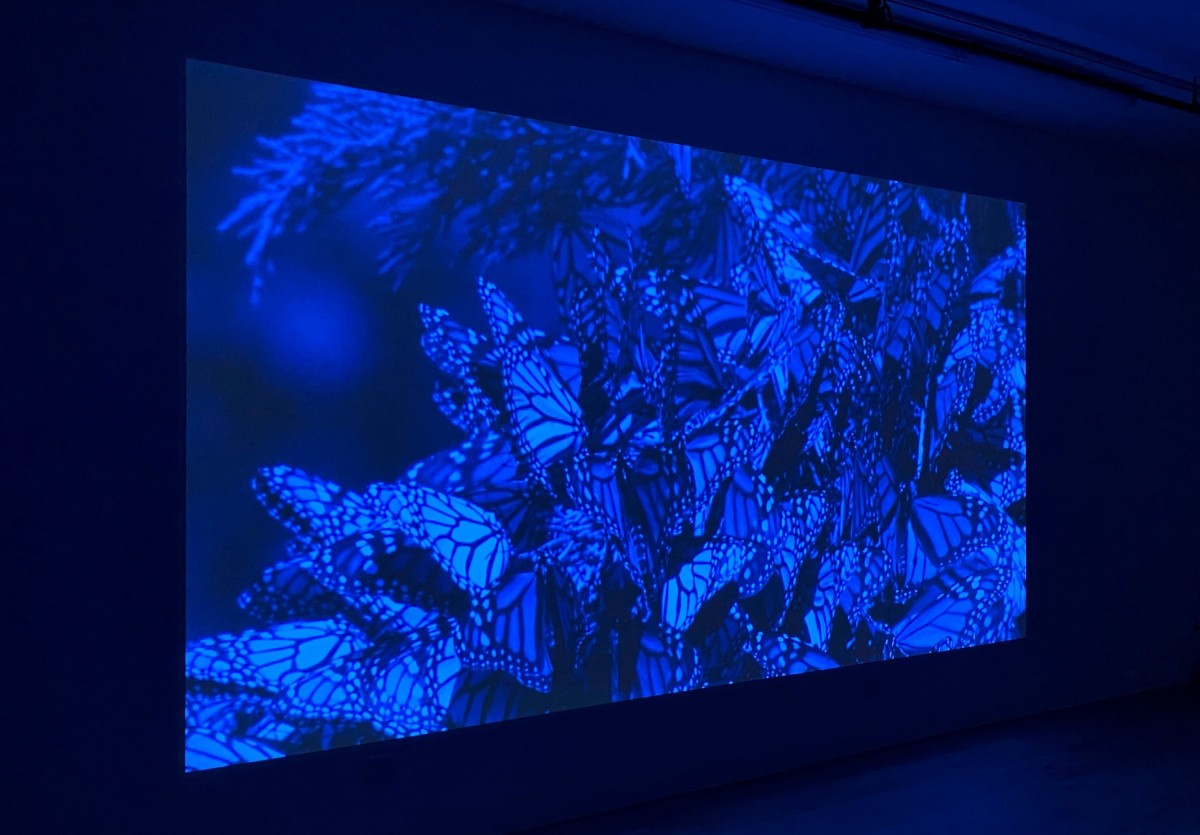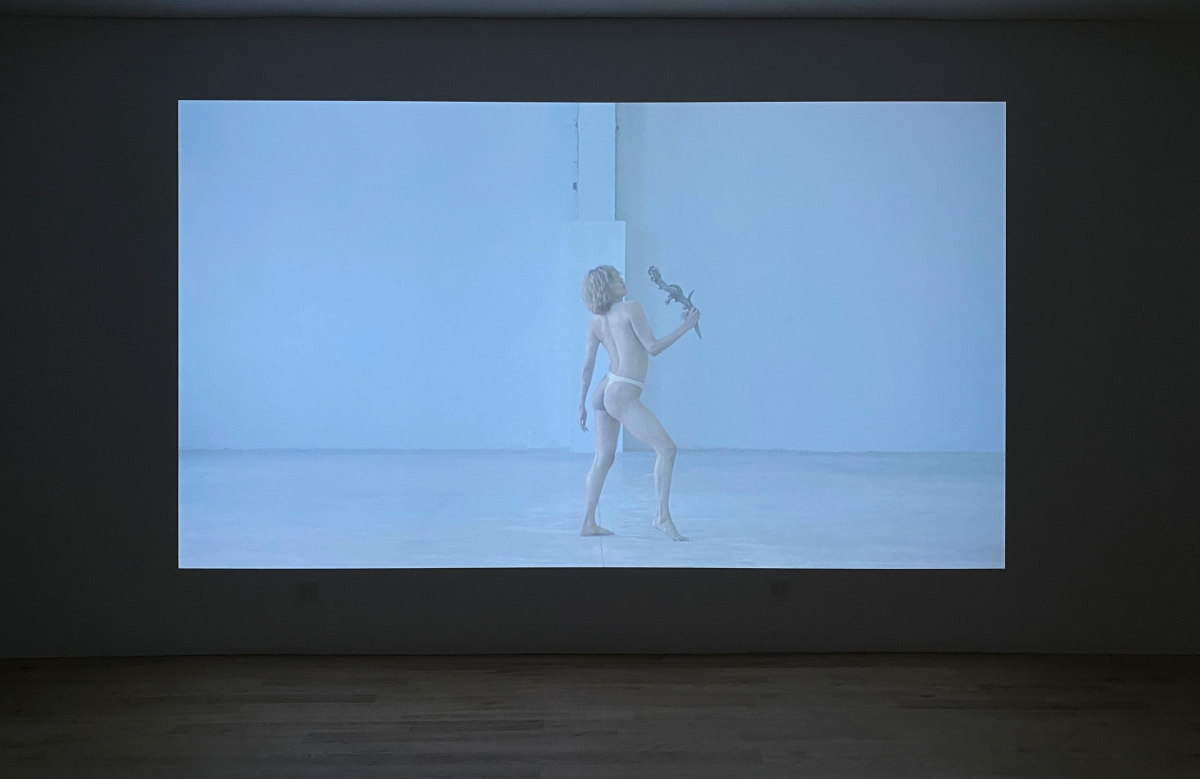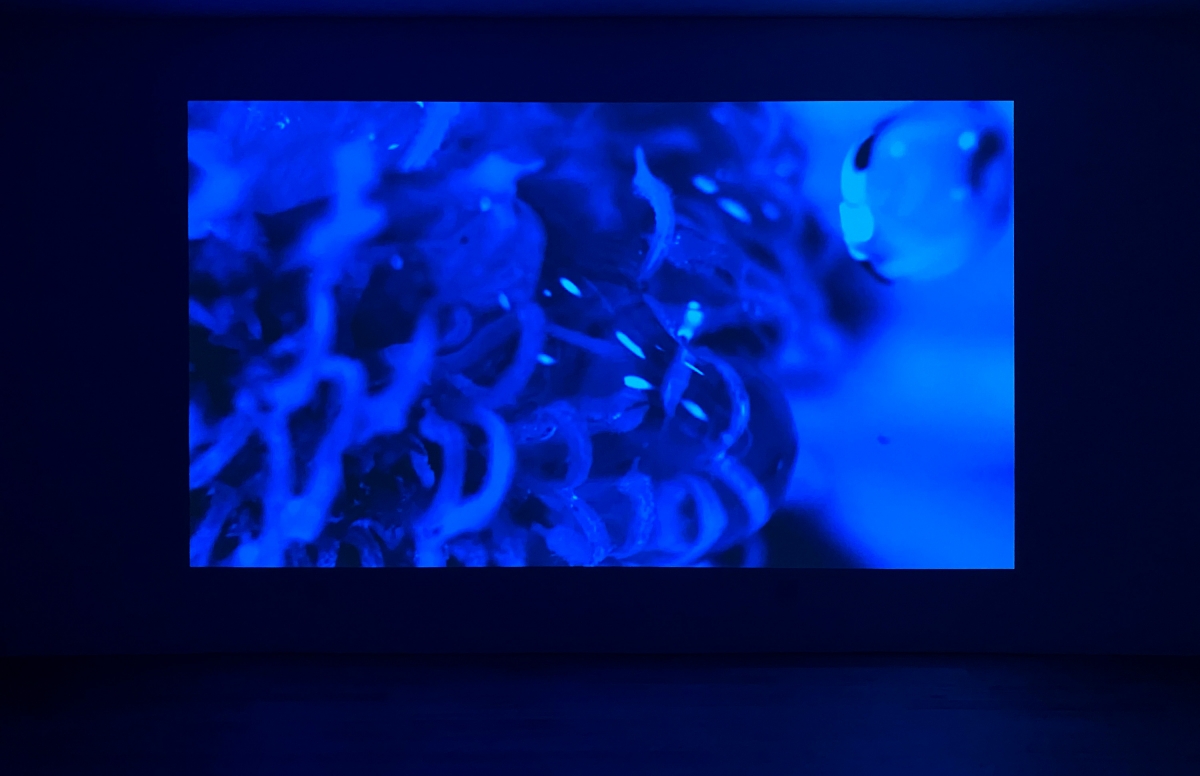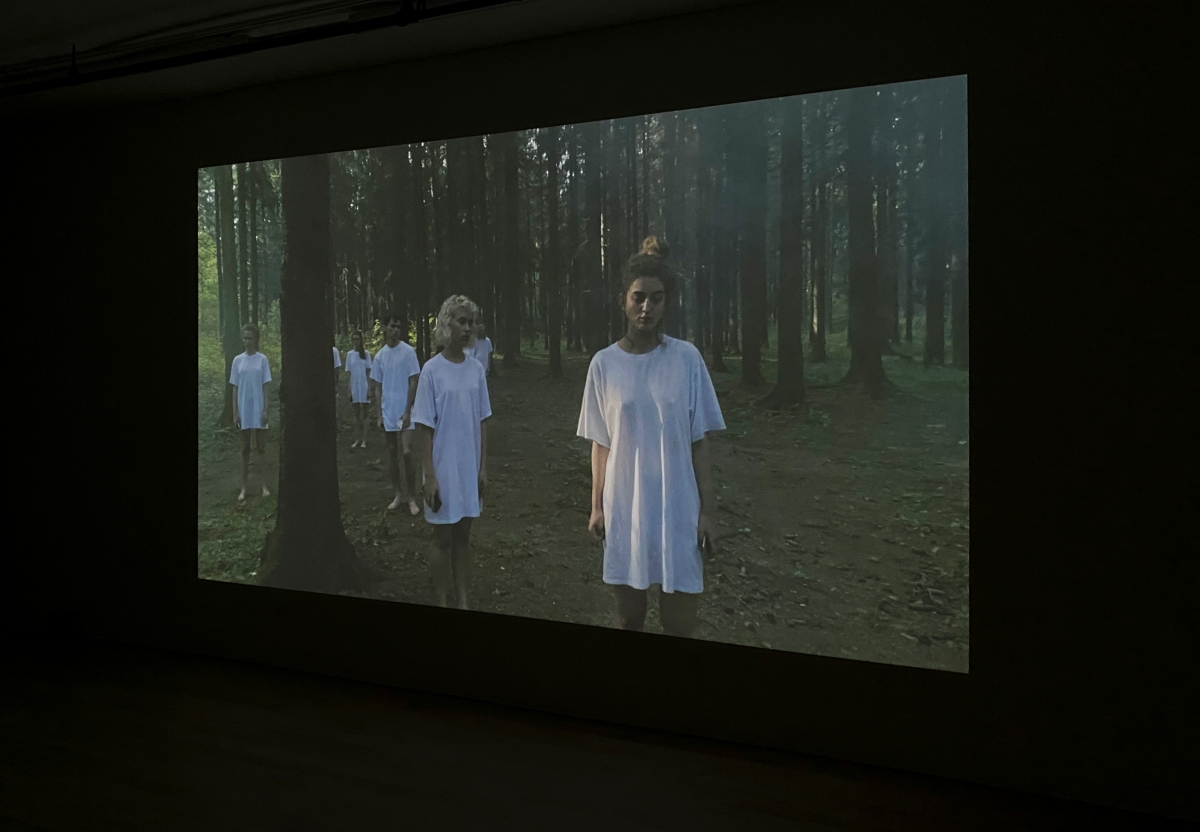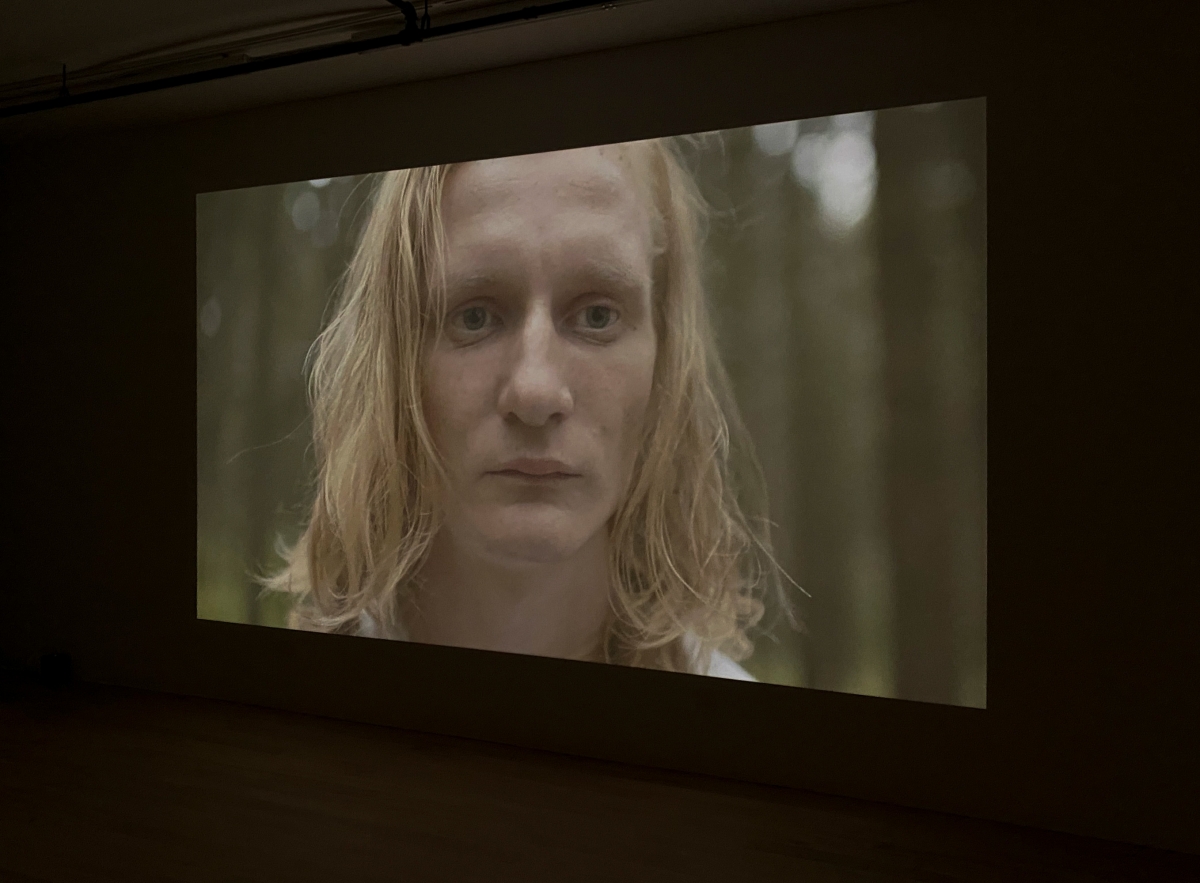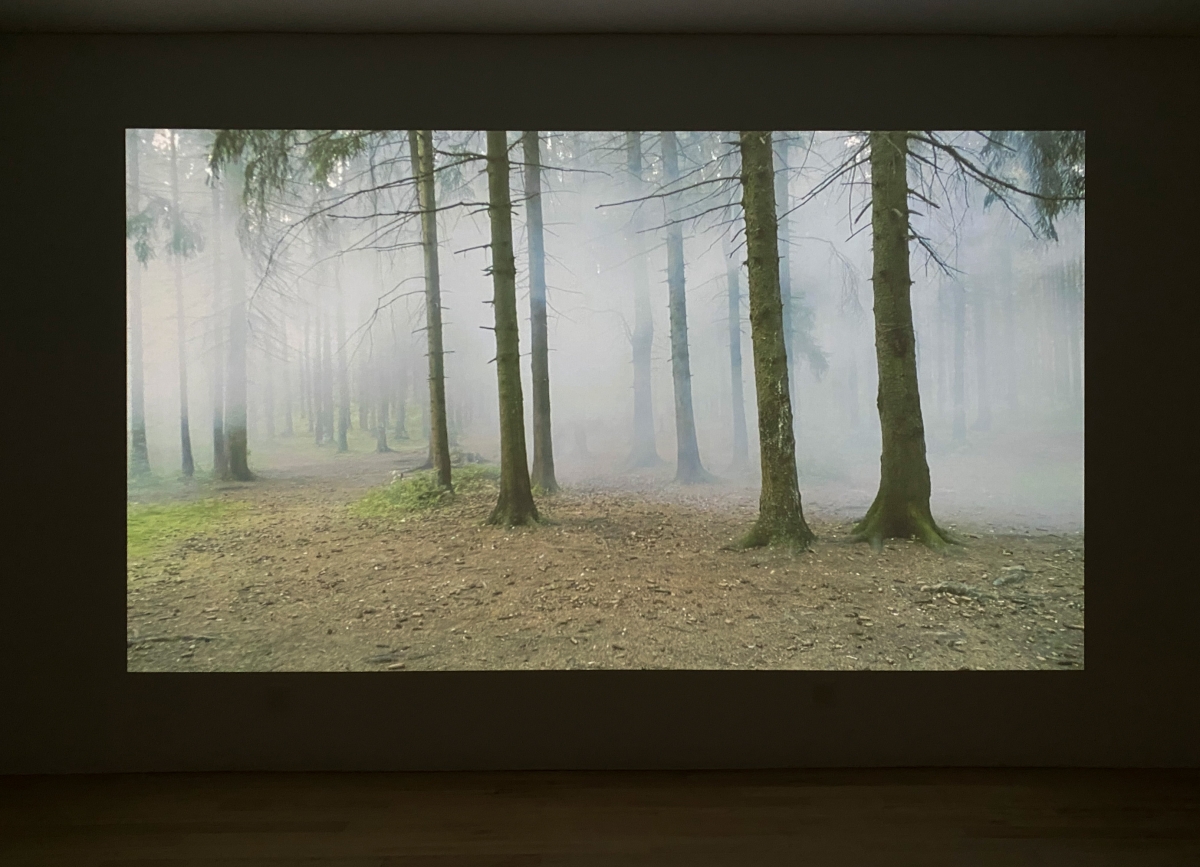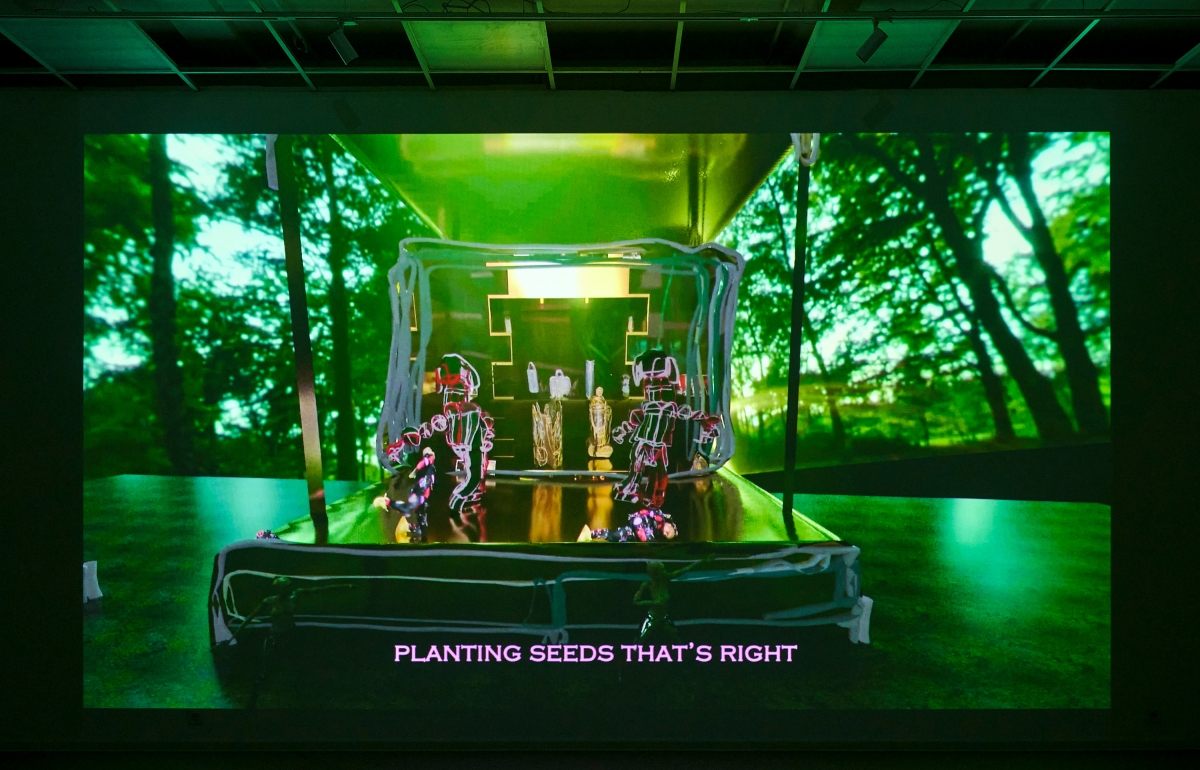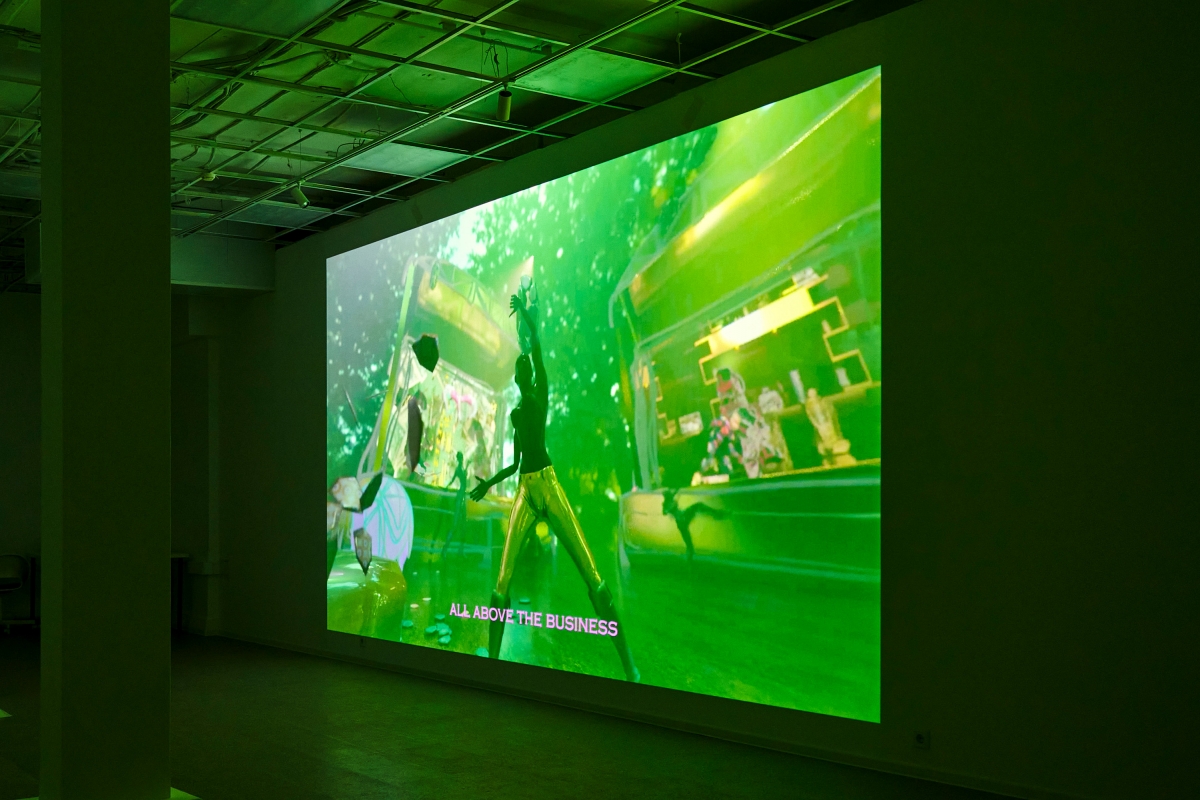Menu
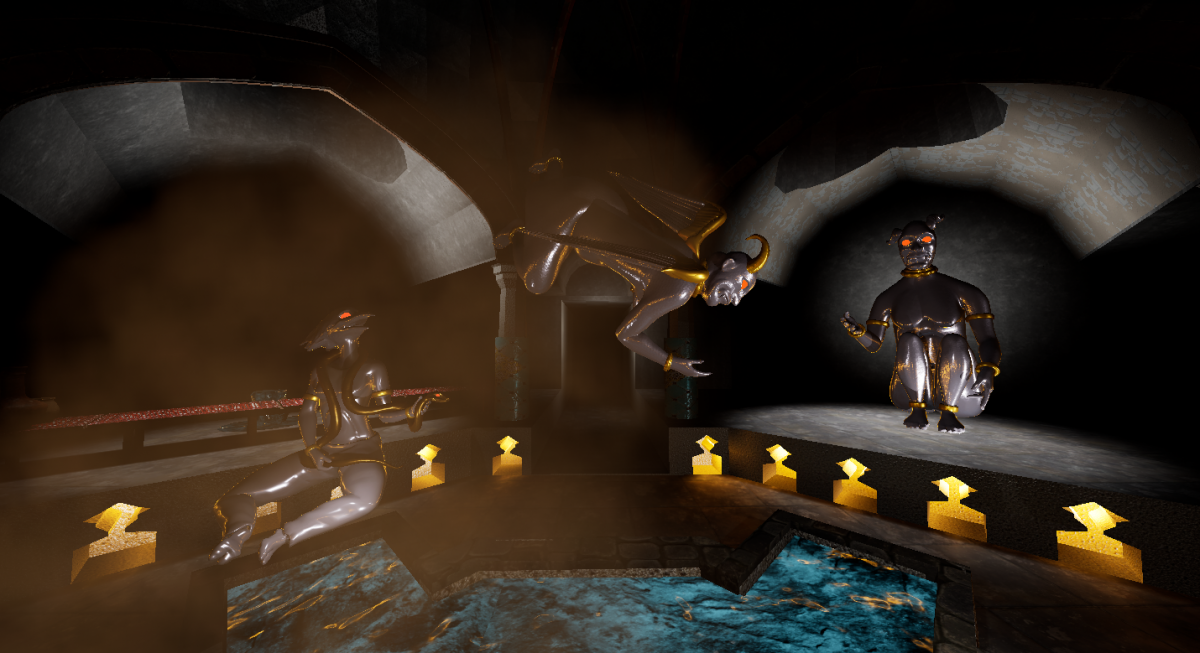
Morehshin Allahyari, She Who Sees The Unknown Kabous, The Right Witness, The Left Witness, Still image from VR video
In New York
Ilya Fedotov-Fedorov (Jan 28-Feb 3)
Polina Kanis (Feb 4-10)
Jura Shust (Feb 11-17)
Igor Simić (Feb 18-24)
In Moscow
Morehshin Allahyari (Jan 28-Feb 3)
Tabita Rezaire (Feb 4-10)
Rachel Rossin (Feb 11-17)
Jacolby Satterwhite (Feb 18-24)
Management (New York) and Fragment Gallery (Moscow, Russia) are pleased to present a group exhibition of contemporary video work taking place concurrently at their locations. In the Field of the Other, taking its title from a quote by the French psychoanalyst Jacques Lacan, includes the work of Ilya Fedotov-Fedorov, Polina Kanis, Jura Shust, Igor Simić, Morehshin Allahyari, Tabita Rezaire, Rachel Rossin, and Jacolby Satterwhite. Acknowledging the gallery’s unique position across two culturally, historically, and politically opposed centers of power, the dual exhibitions will present four media works from Eastern European artists in New York which would otherwise not be seen in the United States, whilst simultaneously presenting in Russia four artists from North and South America whose work remains woefully elusive to spectators in the former Soviet country. Each artist’s work will be screened individually for one week at a time.
The four Eastern European artists presented in this exhibition in New York—Ilya Fedotov-Fedorov, Polina Kanis, Jura Shust, and Igor Simić—contemplate the alienation of contemporary (post) human experience in an age of accelerating technology. With a background in bioengineering, Ilya Fedotov-Fedorov uses the natural world as a foil for the foreign or ‘Other’, in a pioneering exploration of sexuality, gender, and transformation at the intersection of artistic and scientific knowledge. In The Moth and The Bat Flying to the Light, the artist presents a surrealist landscape in muted tones with three masked figures, at turns seductive and absurd, exploring an ascetic, institutional space wherein the natural is now only the product of an archive—all the while narrated by a voiceover minutely explicating the metamorphoses and mating habits of a butterfly. In contrast, Amsterdam-based Russian artist Polina Kanis presents Toothless Resistance: The Room, a video work filmed in a single shot through the reconstructed abode of Russian geography and philosopher Pyotr Kropotkin (1842-1921), wherein he wrote his monograph Mutual Aid, claiming, counter to Darwin, that cooperation rather than competition composed the evolutionary drive. Abandoned spectacles, empty chairs, papers unfinished, fabric unfolded, and a voiceover slowly recounting an uncertain but unrelated landscape: the mechanical eye of the camera brings into focus each detail of this space of intellectual disregard, recalling to the spectator the artist’s signature breviloquent restraint as well as performatively inquiring about the status of inaction in the space of an event, demanding “Is the artistic act equal to resistance?”
Hands grasping smartphones, either bewildered or blissed out, the white clad subjects of Berlin-based Belarusian artist Jura Shust’s Neophyte, also for presentation in New York, wander a seemingly desolate woodland; the forested and foggy mise-en-scene presents the viewer with the pathetic fallacy, as those who have never been lost are now irretrievable. The work makes reference at once to the Eastern European summer solstice ritual search for a mythical fern-flower (as famously represented in Nikolai Gogol’s ‘The Eve of Ivan Kupala’), and to the rise of drug trafficking in the former Soviet bloc, facilitated by the dark web. Finally, Belgrade-born artist and filmmaker Igor Simić contributes to In the Field of the Other his haunting Trilogy II (Manus x Machina x Moralia), a commentary on the use of human desire for the expropriation of human experience in the age of digital ascendance—from biology in an infomercial for a bionic spine, to desire with the promise of a bespoke paramour, to the subjective capitulation of identity to ‘the endless alien intestine’ of the internet search engine. The sublime is now not only post-human, but also for profit.
Meanwhile in Moscow, Morehshin Allahyari, Tabita Rezaire, Rachel Rossin, and Jacolby Satterwhite each reveal an emphasis on the material possibilities of digital media in pursuit of the digital Baroque. In Tehran-born, Brooklyn-based Morehshin Allahyari’s She Who Sees the Unknown: Kabous, first commissioned in VR for The Shed in New York, the artist’s long-standing research project into Islamic mythology of the queer, feminine force of the Jinn finds expression in a deeply personal transgenerational narrative of four women, set in the intimate space of a hammam. Including text from the diaries of Allahyari’s mother, which she kept while pregnant with the artist during the Iran-Iraq war, the artist presents a violent obstetrics and monstrous feminine no less captivating than accounts of possession by the Jinn itself. Likewise in Franco-Guyano-Danish artist Tabita Rezaire’s practice, the question of transcendence in the digital space informs the artist’s Premium Connect, through reference to African divination, the mycelium network, social networks, and cellphones, each as forms of communication, connection or isolation. In American-born Rachel Rossin’s piece, The maw of, cut from a virtual environment performance employing novel AI animation techniques and real-time virtual reality CGI, the allegory of a golem reveals the manipulative properties of technology as it ‘terraforms our minds, bodies, and hearts’. Lastly to be presented in Moscow, American-born Jacolby Satterwhite’s We are in Hell When We Hurt Each Other, also first conceived as a virtual reality experience, explores the artist’s queer identity through the transvestism of his movements onto animated forms in a virtual landscape marked by dystopian admonitions and utopian longings, deeply rooted in the African American history of music and dance as forms of resistance.
